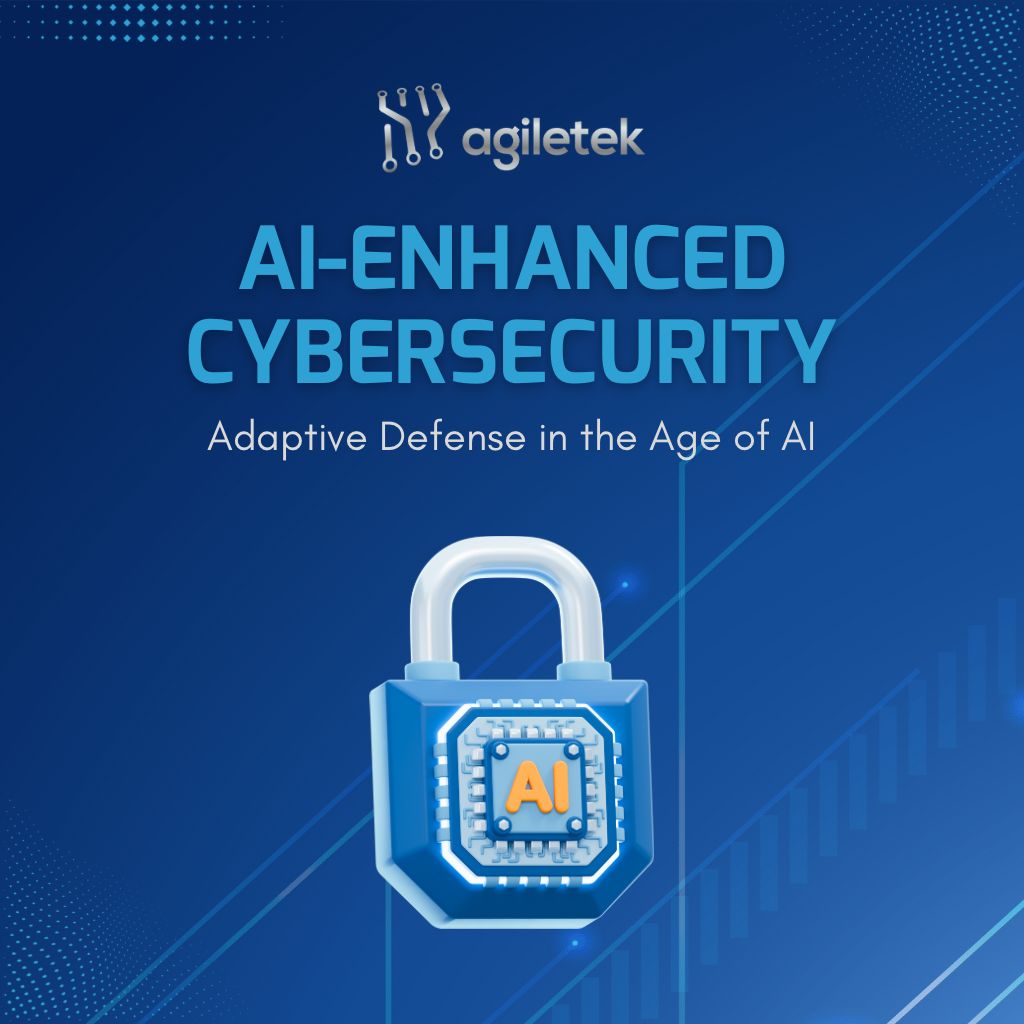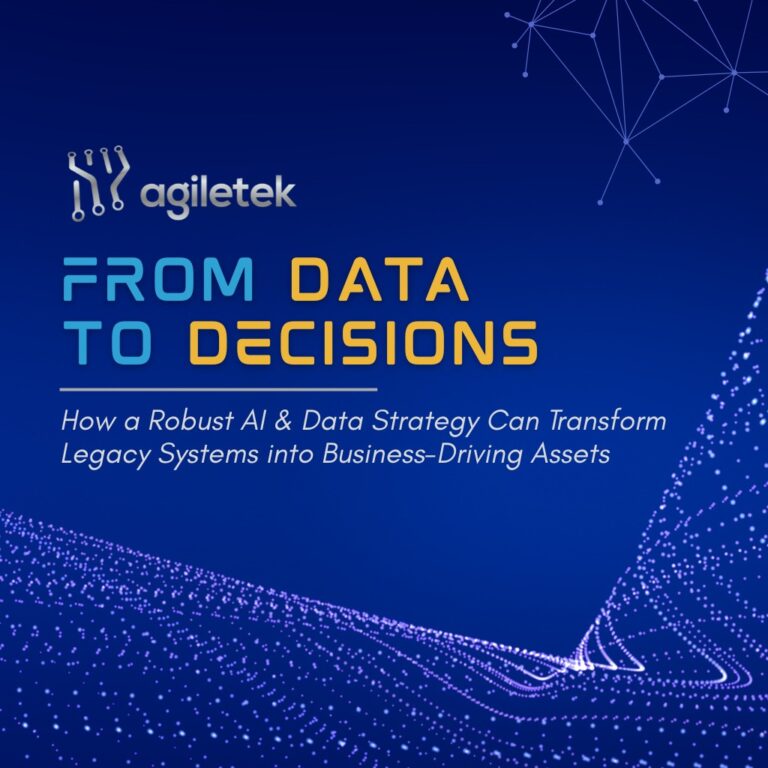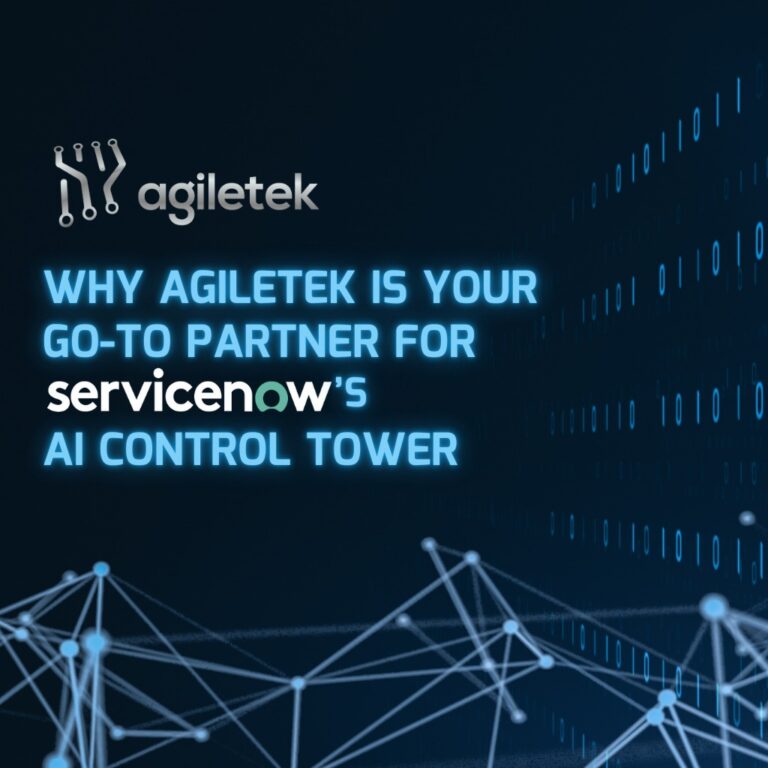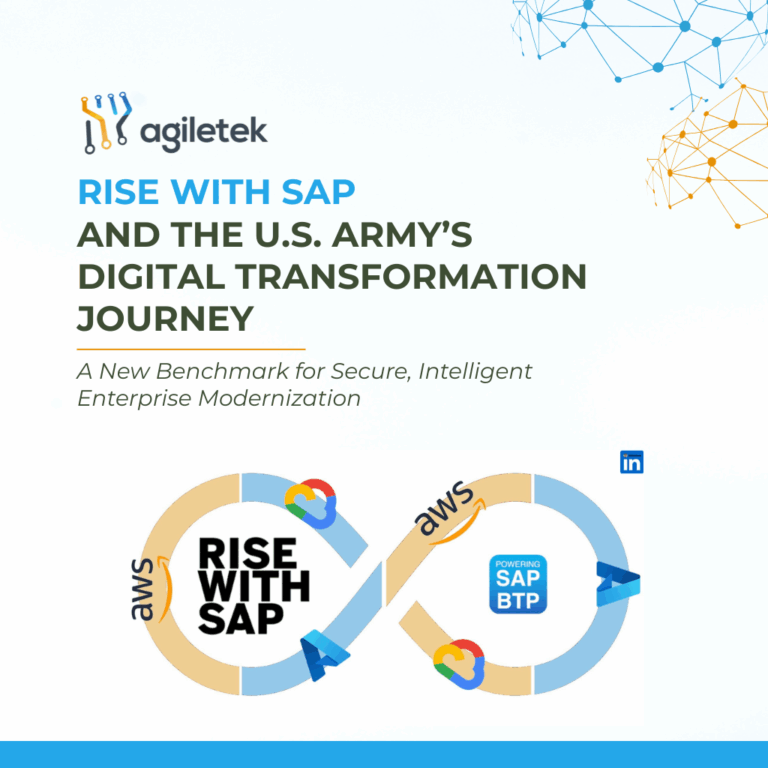Cybersecurity is rapidly evolving. Organizations can no longer employ firewalls, signature-based detection, and patch management to defend against adversaries and threats in the same manner they did in the past. As a result of attacker automation, artificial intelligence, and a variety of other new approaches, attackers can move faster, disguise deeper, and target more critical systems.
Static responses are no longer acceptable. Defense plans for organizations must be as quick, intelligent, and flexible as the dangers they face. AI-enhanced cybersecurity is establishing itself as a game-changer in this context, acting as a force multiplier for the security ecosystem as a whole rather than just a tool.
From Reactive to Proactive: The Case for Adaptive Defense
The majority of traditional cybersecurity strategies have been reactive, such as detecting threats using pre-existing signatures, responding to incidents after they have happened, or recognizing suspicious activities using normal operating procedures. These methods are still effective, but they expose businesses to advanced persistent threats (APTs), zero-day assaults, and new malware strains that can develop more quickly than rule-based systems can handle.
Adaptive defense powered by AI radically alters this paradigm. By querying data from sensors of all kinds, from user endpoints to cloud access logs (also known as data ‘volumes’), machine learning algorithms examine patterns at scale and compare the patterns found in endpoint activity across the different domains in which organizations operate in order to identify anomalous patterns that might point to a potential compromise. Even before the assault has been established, AI adaptive systems can detect small characteristics that point to malicious activity and take appropriate responses.
For example, an adaptive system may be able to identify an anomalous series of database queries, performed from an employee account at an odd hour, and automatically restrict access until verification could take place. With highly sensitive patient records and high penalties for breaches or compliance review violations (loss of license, fines, etc.), rapid detection is highly beneficial to health care providers.
Generative AI in Cyber Defense: Advantage and Risk
Generative AI has opened a new chapter for both sides of the cybersecurity debate. On one side, we can simulate attack scenarios, create synthetic datasets, and automate threat-hunting activities. Security teams can red team their environments with AI-generated phishing campaigns, malware variants, or penetration techniques – giving them time to shore up defenses before a real attacker uses the same approach.
However, malicious actors may abuse the same features. Phishing emails that are contextually sensitive and linguistically sound can be produced using generative AI, making them more difficult to identify. To get beyond signature-based defenses, it can create polymorphic malware, which is code that changes how it looks with each repetition. Deepfake audio and video are also emerging as tools for social engineering, enabling convincing impersonation of executives or trusted partners.
This dual-use nature of AI highlights a critical reality: organizations must adopt AI not just as a competitive advantage, but as a defensive necessity. If threat actors are using it, defenders cannot afford not to.
Human-AI Collaboration: The Heart of Effective Security
Although AI is a powerful partner due to its immense speed, scalability, and pattern-matching ability, it is unable to replace professional experience. To make well-informed security judgments based on AI discoveries, security analysts draw on their intuition, contextual knowledge, and ethical and moral frameworks. AI-enhanced cybersecurity performs the best when included within a Security Operations Center (SoC) as an add-on layer. For example:
- Triage and Prioritization: AI can rapidly score incoming alerts based on severity and likelihood, ensuring analysts focus on the most urgent incidents first.
- Root Cause Analysis: Automated correlation of logs and telemetry can shorten investigation times from days to minutes.
- Incident Response Playbooks:AI can recommend containment and remediation steps tailored to the specific attack type, enabling faster resolution.
By automating routine detection and investigation tasks, AI frees security teams to focus on strategic initiatives, such as security architecture improvements, compliance strategy, and resilience planning.
Building Trustworthy AI for Cyber Defense
When it comes to AI in cybersecurity, trust is crucial. False positives squander time, and false negatives expose organizations. For AI to be trusted, we need the following:
- Trained on Diverse, High-Quality Data: Models should incorporate datasets from varied threat environments to avoid blind spots.
- Continuously Updated:Regular retraining ensures AI stays effective against evolving attack vectors.
- Explainable: Security teams must understand the reasoning behind AI decisions, especially when they inform actions like blocking user accounts or shutting down systems.
- Protected from Adversarial Attacks: Just as attackers can target networks, they can target the AI itself through model poisoning or evasion techniques.
To maintain stakeholder trust, organizations must build transparency and governance frameworks around the technology, inclusive of AI ethics policies, audit trails, and compliance verification.
Sector Spotlight: Healthcare, Public, and Private
The advantages that AI-enhanced security provides are particularly attractive in Agiletek’s areas of focus:
- Healthcare: AI can provide alerts to strange access to medical imaging systems, protect telehealth platforms, and view Internet of Medical Things (IoMT) devices for suspicious activity – all of which are incredibly important for protecting patient safety and privacy.
- Public Sector: Government systems are constantly under attack by cybercriminals and nation-state actors. AI-based security can help protect citizen data, election systems, and critical infrastructure.
- Private Sector: For sectors including finance, retail, and manufacturing, AI can monitor for insider threats, attempts at fraud, and any interruptions to the supply chain – securing operational continuity and brand trust.
The Road Ahead: Proactive Resilience
Adaptability is going to define the future of cybersecurity. Organizations that integrate human expertise and AI into a framework for a quick response will be in an advantageous position to defend against the ever-changing threat landscape.
At Agiletek, we believe that AI-enhanced cybersecurity is not the future; it is the foundation of a more resilient future. Embedding adaptive intelligence into every layer of defense, we are helping organizations move from reactive firefighting to proactive protection, safeguarding not only systems but the trust and confidence of those served.
